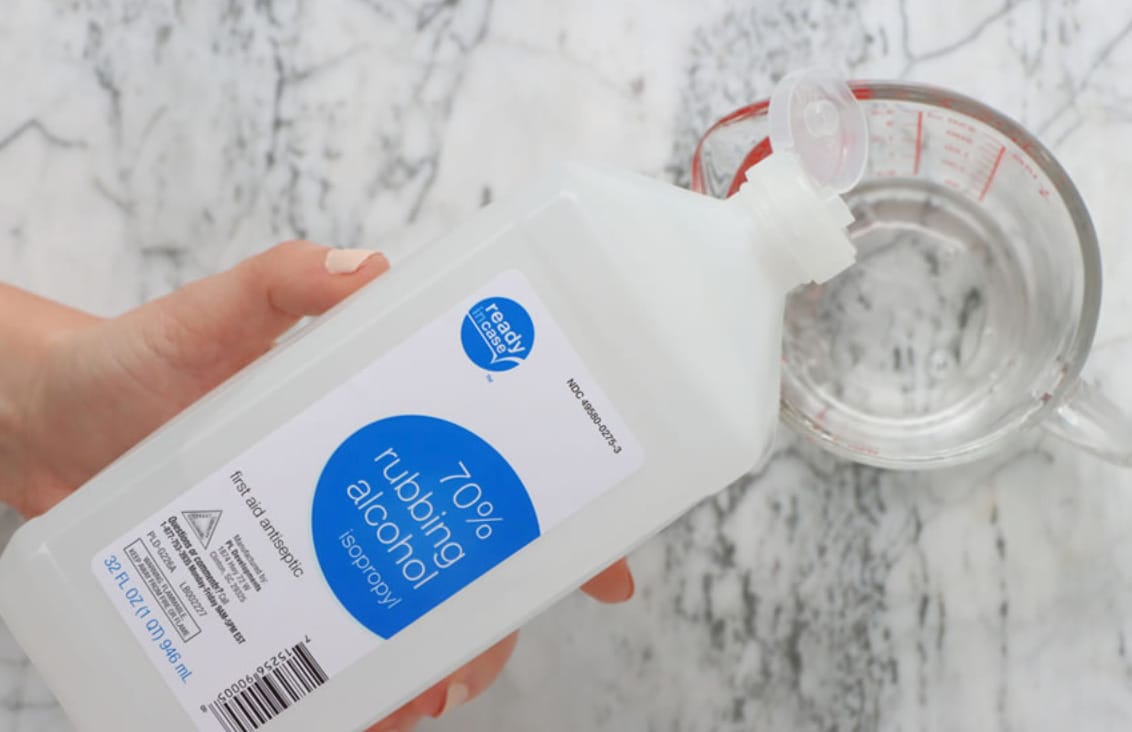- The Column
- Posts
- 🏭 All kinds of furfurals
🏭 All kinds of furfurals
Origin Materials and Avantium team up, Celanese and a couple of JVs, and rubbing alcohol.
Good morning. In case you missed it, check out Feedstockland's first post on water vapor emissions, energy requirements for reactions, and the oxidation ladder!
From the condenser:
· Origin Materials and Avantium team up
· Celanese and a couple of JVs
· POTD: rubbing alcohol

Origin Materials and Avantium are teaming up
Sustainable chemical startup, Origin Materials, is planning to license parts of Avantium's sugar-to-FDCA technology for its upcoming site.
Some context:
Origin developed a process that converts dry wood residues into chloromethyl furfural (CMF), hydrothermal carbon (HTC), levulinic acid, and furfural. CMF is where most of the action begins: you can use that stuff as a starting point for making PET, PEF, various other polyesters, polyurethanes, and polyamides. How exactly you go from CMF to those derivatives varies wildly, but no matter how you slice it, if you want to make PEF you need to make FDCA first (because we make PEF via the polycondensation of FDCA and ethylene glycol).
Okay, so FDCA?
Avantium's process starts with the dehydration of fructose in an alcohol, which makes an alkoxymethyl furfural, and ends with the oxidation of that alkoxymethyl furfural, which makes FDCA. It's not exactly clear which furfural intermediate or CMF derivative Avantium and Origin's processes have in common, but there's at least enough crossover to justify a 100,000 ton per year FDCA plant.
Zooming out:
Origin signed a licensing agreement with Eastman to use Eastman's 5-(hydroxymethyl)furfural to FDCA technology back in 2017, and Avantium has the right to use Eastman's FDCA-related patent portfolio—so there's potentially some licensing crossover going on here that makes collaboration a no-brainer. For what it's worth, this is pretty normal in the chemical industry. Most operations are a combination of in-house and licensed processes.

Celanese and a couple of JVs
Dallas-based chemical company, Celanese, is forming a new joint venture (JV) with Mitsui & Co and extending one of their existing JVs.
The new JV:
Celanese is carving out its food ingredients business (sorbic acid, potassium sorbate, and acesulfame potassium) and merging it with Mitsui's "long-standing positions in a variety of food supply chains across Asia and other regions" to form a 30/70 JV (with Celanese owning the smaller fraction). The main driver here is cash—Celanese's food ingredients business isn't core to its growth plans, and it accounts for just 2% of their annual profits, so they'd rather dilute their ownership in exchange for cash that can be allocated elsewhere.
Okay, and the JV extension?
Celanese and Mitsui & Co formed Fairway Methanol LLC in 2013 to build a $900 million 1.3 million ton per year methanol plant at Celanese's site in Clear Lake, Texas. The site, which started up in late 2015, makes methanol the normal way: by reacting the components of syngas (carbon monoxide and hydrogen). That's going to change later this year when they start utilizing CO2.
Looking forward:
The two companies decided to extend their existing JV terms for Fairway Methanol through 2045, which is effectively forever. This, of course, is rather meaningless: things could look a lot different in just 5 years if they can manage to hydrogenate CO2 instead of carbon monoxide (like what Sumitomo wants to strap onto its PDH technology).
Some more headlines
LyondellBasell is paying out a $1.19 dividend per share
Sinopec started up its latest 1 million ton per year cracker
Evonik just launched its first plant-based feed additive
McKinsey thinks that rPET flake demand will exceed supply by 2030
The ACC's Chris Jahn said that safe chemical transport must be a top priority
Product of The Day
Today, we're breaking down rubbing alcohol.

Most people tend to think of rubbing alcohol as being synonymous with isopropyl alcohol (IPA), but that's only sort of true—technically "rubbing alcohol" refers to a water-based solution containing at least 70% ethanol or IPA.
That being said, the ethanol variety has to be denatured with hard-to-remove molecules like methanol and pyridine. That complicates pricing, supply chains, and actually makes for a more toxic rubbing alcohol. As a result, pretty much all of the rubbing alcohol you'll find in stores today is IPA-based (which, by the way, is made by hydrating propylene, which we get from steam crackers).
The reboiler
Prominent Figure: Have you heard of Gore-Tex? Check out this article about the man who figured out expanded polytetrafluoroethylene.
Book: You need to understand the forces behind the oil industry to understand the chemical industry. Daniel Yergin's The New Map does a great job breaking it down.*
Article: This is a good read if you want a quick introduction on how to gauge the profitability of a refinery.
What did you think of today's edition? |
The bottoms

Was this email forwarded to you?
Reply